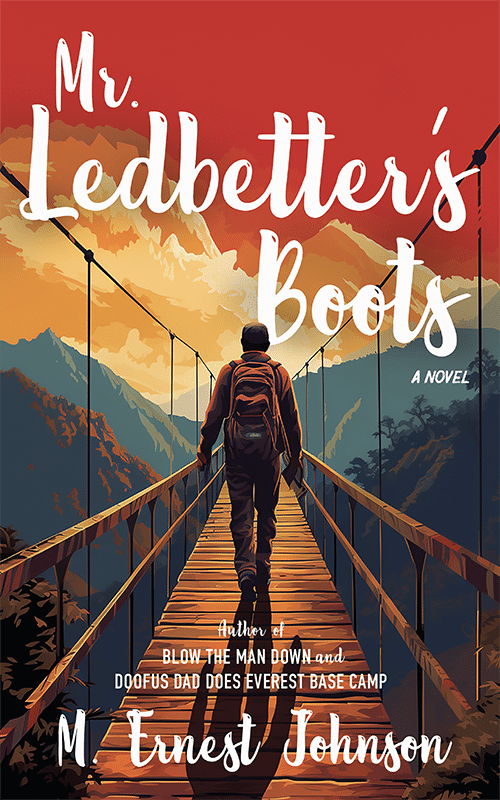When you’re headed into the mountains on a trek, your gear becomes part of your body. Your backpack isn’t just a container—it’s a critical tool for comfort, efficiency, and injury prevention. Understanding the physics behind packing can dramatically affect your trekking experience, especially on long, multi-day adventures like those to Everest Base Camp, the Patagonian wilderness, or the highlands of Peru.
Regardless of how cheap or pricey your pack is, smart packing ensures proper weight distribution and load balance. If you want to finish each day feeling strong instead of sore, here’s what you need to know about how to pack your backpack for maximum comfort. (Plus, we want you happy at the end of your trek!)
Why It Matters
Improperly packed backpacks can lead to back and shoulder pain, hip fatigue, and even long-term injury. Packing without purpose shifts your center of gravity, causing your body to compensate unnaturally with each step. This not only makes your trek more difficult, but also increases the impact on your knees and lower back—particularly on steep ascents or descents.
A well-packed bag, on the other hand, feels like an extension of your body. With Hobnail’s focus on safety, comfort, and thoughtful trekking, we encourage every client to learn the basics of pack physics before setting foot on the trail.
The Science of Load Balance
Think of your backpack like a mobile weightlifting belt. The weight should be close to your body and centered between your shoulder blades to keep your posture upright. Here’s how that breaks down:
-
Heaviest items: Pack dense, heavy items (like water, food, or a camera) in the middle of your pack, close to your back. This keeps your center of gravity stable.
-
Lightest items: Pack soft, lightweight gear like a down jacket or sleeping liner toward the bottom or outermost compartments.
-
Frequently used items: Items like your rain jacket, snacks, sunscreen, and trekking poles should be easily accessible in top compartments or side pockets.
When packed this way, your backpack won’t sag or pull you backward. Your stride will feel more natural, and your spine will thank you.
Weight Distribution and Your Body
Even the best-designed backpacks rely on proper loading to do their job. Most of the weight should rest on your hips, not your shoulders. That’s why Hobnail trekkers are encouraged to use backpacks with padded hip belts and adjustable shoulder straps.
A good rule of thumb: Your pack should sit high on your back, with the hip belt snug across the top of your hip bones. The shoulder straps should form a smooth arc without digging into your traps. When correctly adjusted, about 70% of the load is transferred to your hips, where your body is strongest.
This setup dramatically reduces strain on your back and knees. It also improves stability, especially on uneven ground—whether you’re descending from Gokyo Ri or navigating the rocky terrain of Chile’s Torres del Paine National Park.
Common Packing Mistakes
Even seasoned trekkers make mistakes that cost them energy and comfort. Here are a few pitfalls to avoid:
-
Overpacking: More gear equals more weight. Stick to the essentials. Hobnail provides detailed packing lists for each destination—trust them.
-
Top-heavy loading: Heavy items at the top of your pack can throw off your balance and cause shoulder strain.
-
Poor compression: Loose gear shifts during movement, which can lead to imbalance and chafing. Use compression straps to keep everything snug as a bug.
-
Ignoring accessibility: If you have to dig every time you want a snack or rain cover, you’re doing too much work. Keep important items handy.
Adjustments on the Trail
Even if your pack is perfectly packed, micro-adjustments throughout the day can help prevent discomfort. If you start to feel pressure points or rubbing, don’t wait. Adjust your straps, shift your load, and check that your weight is still distributed evenly.
Listen to your body; it’s your best guide.
Our Take
At Hobnail Trekking Co., we emphasize preparedness and education as much as we do trail fitness. We know our clients, many of whom are 45-70 years old, appreciate common-sense approaches to adventure and, frankly, not wanting to end each day feeling like they’ve been hit by a bus.
To this end, our guides are trained to help you fine-tune your gear setup, and every trek includes advice on packing for the specific climate and terrain. Whether you’re hiking the Inca Trail, trekking the Accursed Mountains of the Balkans, or ascending Kilimanjaro, a well-packed backpack can be the difference between struggle and feel-good success.
Packing your backpack isn’t just a pre-trek chore—it’s a science, an art, and a vital part of ensuring your trekking experience is enjoyable and pain-free. With just a little attention to weight distribution, load balance, and accessibility, you’ll feel lighter, move more efficiently, and be able to fully immerse yourself in the spectacular surroundings.
And that, after all, is the heart of what we do at Hobnail: bring people safely and comfortably into the world’s most breathtaking landscapes—one perfect step at a time.





Recent Comments